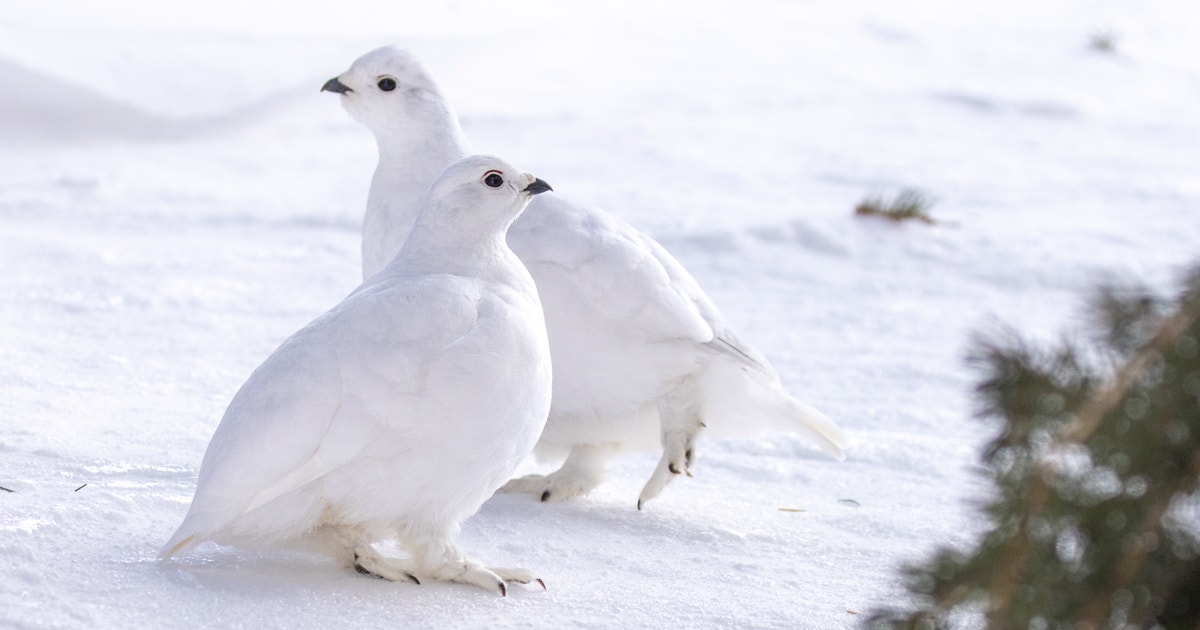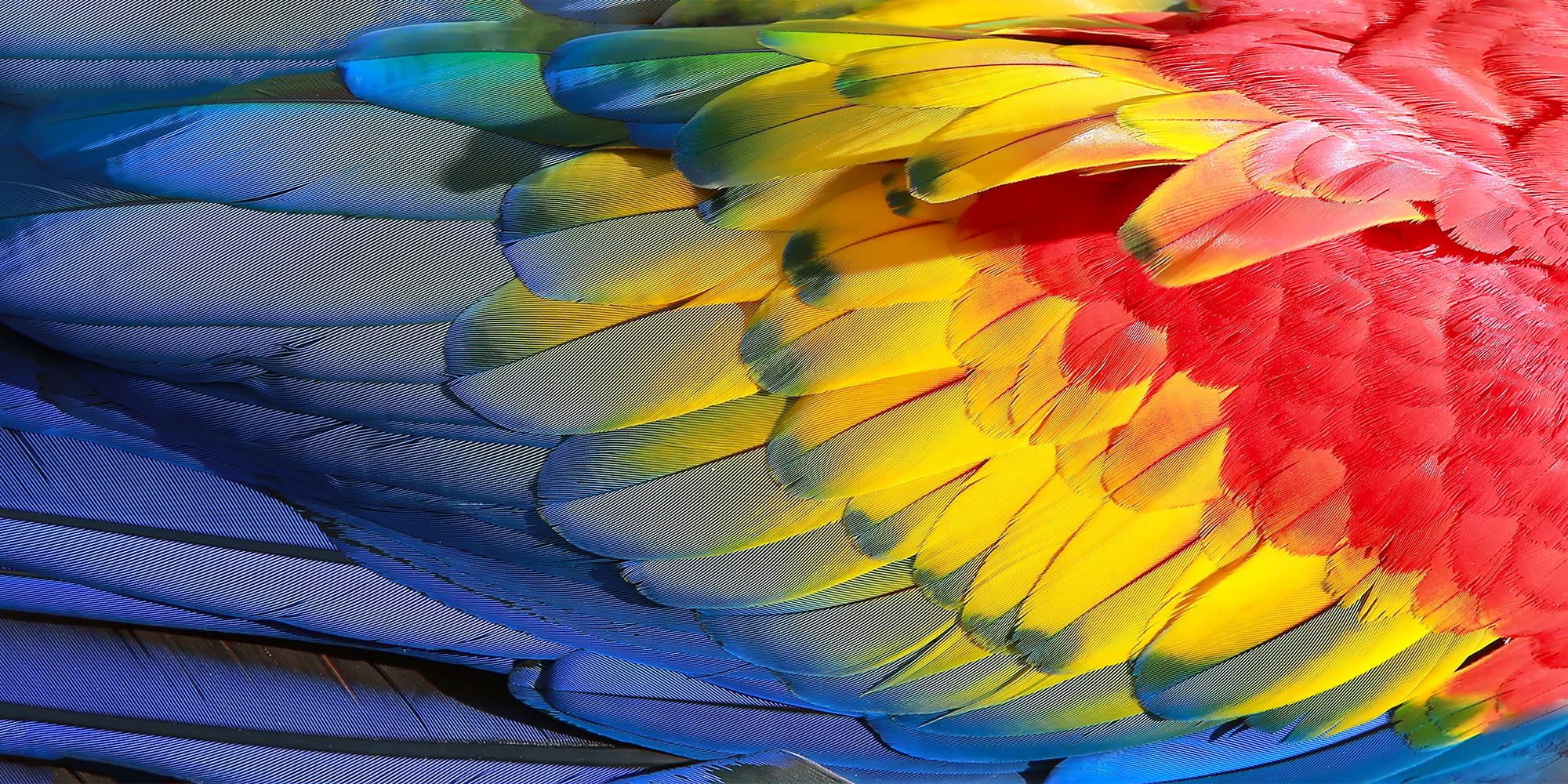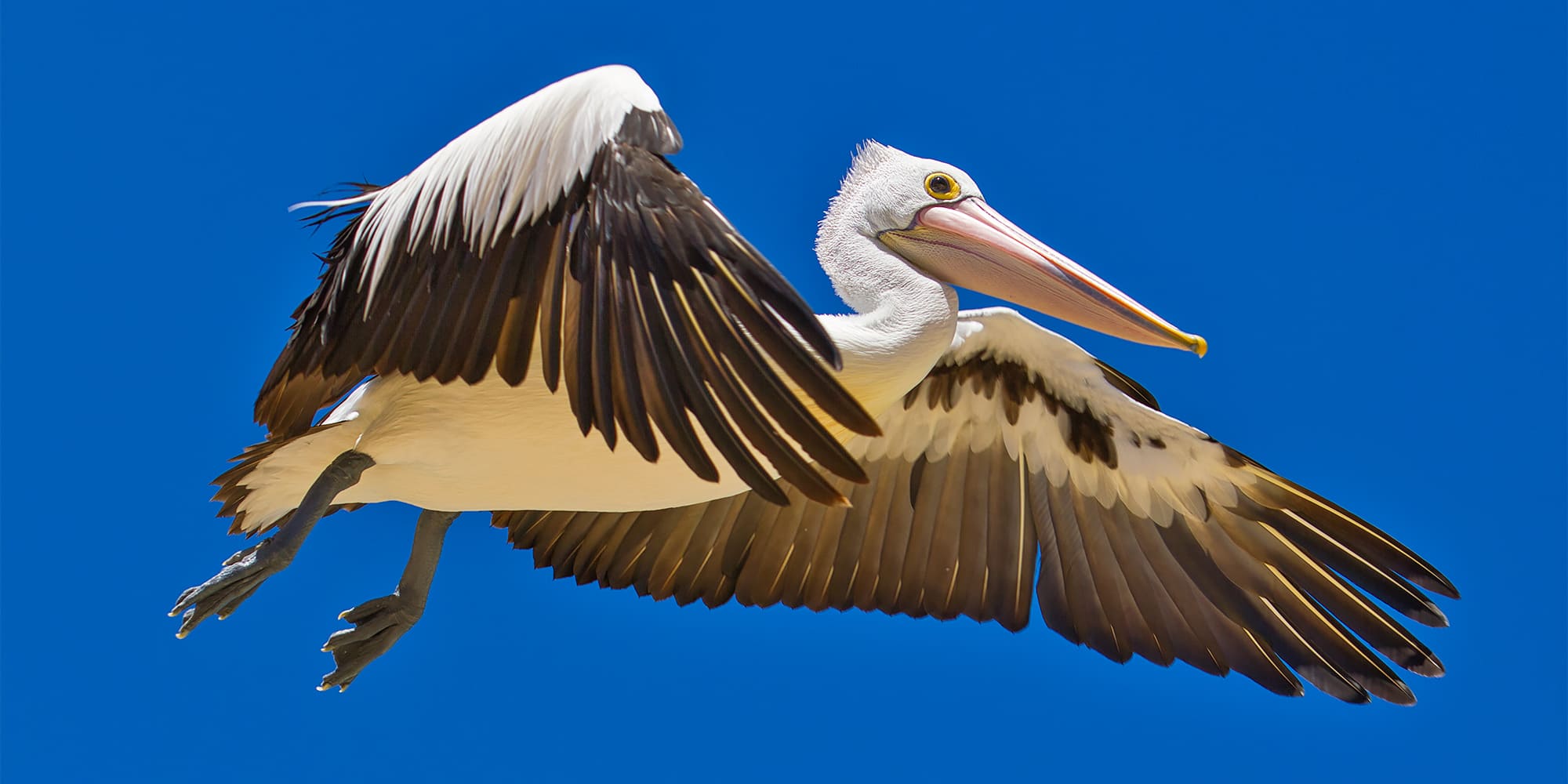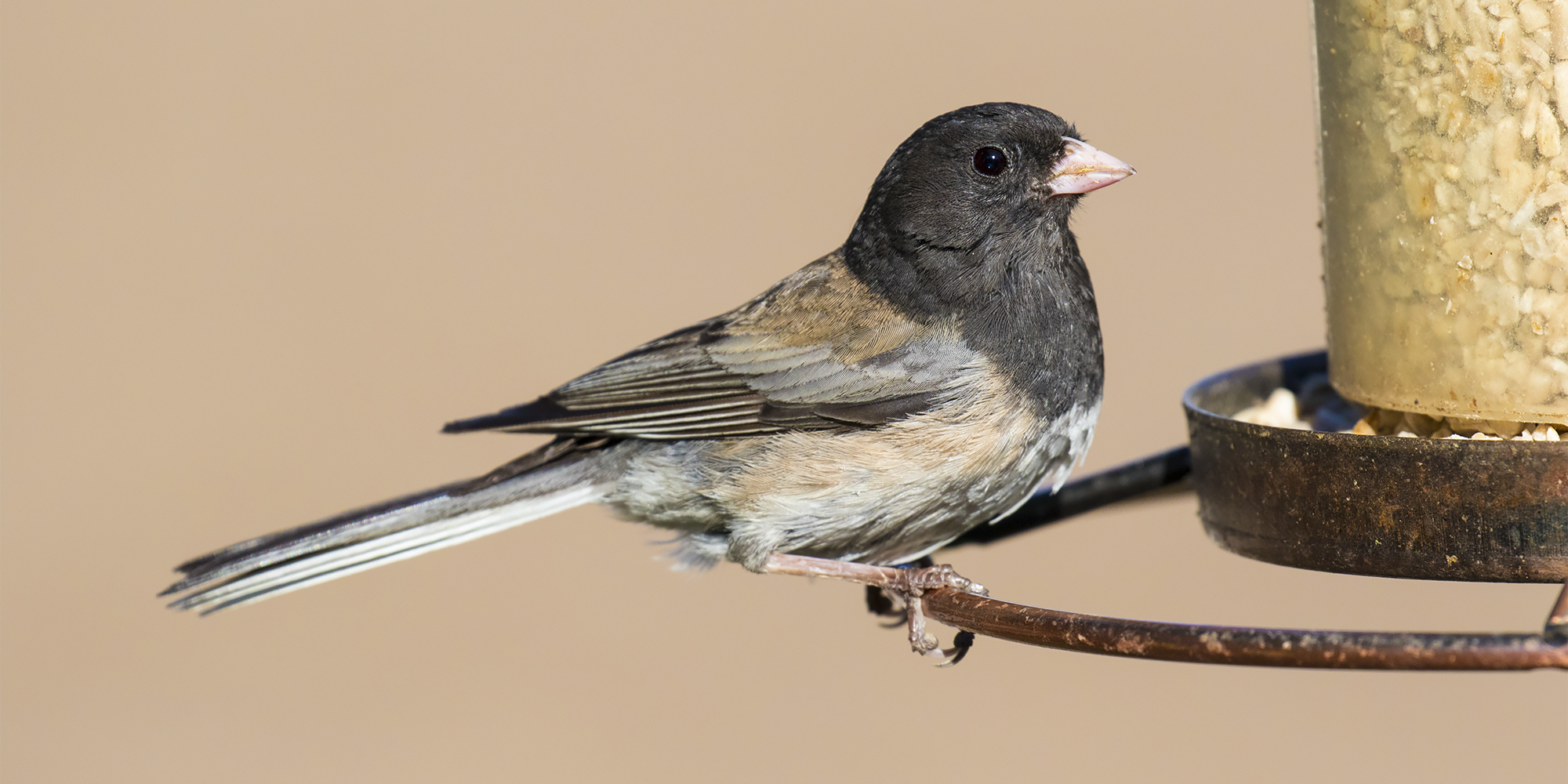How Lots Longer Can These Chilly-Loving Birds Ultimate inside the Shortly Warming Rockies?
The darkish profiles of the Rocky Mountains loom in direction of a star-studded sky. Amy Seglund, a species conservation program supervisor for Colorado Parks and Wildlife, hikes up a steep path inlaid with rocks stacked like stairs proper right into a high-elevation basin. As she climbs, her headlamp beam falls on smaller and smaller pines and spruces, then willow thickets, and eventually clumped grasses and vegetation with leaves and petals smaller than buttons.
Inside the dim blue delicate of dawn, Seglund strides onto the alpine tundra, holds up a boombox-like machine, and blasts the raucous, chattering cry of a male Southern White-tailed Ptarmigan. The birds are masters of camouflage—discovering one just by making an attempt is unlikely to not doable—so scientists use this gadget to call them in. All through breeding season, males of this grouse species will rush out at that call, capable of defend their mates. With breeding season over by this late August morning in 2023, some birds couldn’t trouble, making them laborious to establish. Nevertheless discovering ptarmigan proper right here the least bit is popping into a lot much less reliable.
Temperatures historically remained cool in these mountain basins. Snow lingered late into summer season, and frequent rainstorms replenished streams and wetlands. Now the alpine zone is rising hotter, and acquainted patterns of snow and rain are fragmenting. Seglund is amongst these searching for out merely how successfully ptarmigan can adapt to these modifications.
Between territorial calls, Seglund performs a chick’s piteous cheeping, making an attempt to draw out females. She switches off the gadget and listens, nonetheless solely silence follows. Virtually two hours cross sooner than Seglund receives a reply. She seems to be like as a lot as glimpse the white underside of a male ptarmigan flying down from a ridgeline. Then 5 further birds dash by. Researchers began discovering out ptarmigan on this basin inside the Nineteen Sixties, so it was considered one of many first areas she started surveying larger than a decade up to now, when biologists grew to develop into anxious about how the birds would fare in a warming world. Women and men with out chicks variety flocks in late summer season, and initially, Seglund typically encountered groups of spherical 30. Historic literature suggests sizable flocks have been widespread. Nevertheless in autumn 2021, she found solely a handful of birds.
Lower numbers aren’t her solely concern. She’s moreover seen males—typically vocal about their territories nonetheless not bodily aggressive—charging and knocking one another off rocks. The squabbles could also be linked to a widening gap Seglund has observed between numbers of ladies and men, which is leaving further males with no mate. Such a disparity, she says, “is generally an indication points aren’t going successfully for a fowl.”
To hunt out out for positive, since 2011 space researchers have monitored ptarmigan in Colorado’s extreme nation most summers. Within the meantime, biologists in New Mexico are monitoring ptarmigan on the southernmost portion of their differ, the place the birds are further uncovered to the climate-driven challenges creeping north up the spine of the Rockies. The efforts purpose to raised understand the boundaries ptarmigan might rapidly be up in direction of and what, if one thing, folks can do to help them survive.
W
hite-tailed Ptarmigan have been constructed for a wintry world. Their densely feathered toes act like tiny snowshoes. Thick plumage insulates the birds in fierce chilly and deep snow. These feathers molt from mottled chocolate, caramel, and cream in summer season to white in winter, matching the panorama so successfully that ptarmigan can cowl in plain sight—their fundamental safety in direction of predators along with weasels, foxes, and raptors. The equivalent goes for Willow and Rock Ptarmigan, which can be found at lower elevations than their White-tailed cousins and occupy a vast Arctic and subarctic terrain. The three species signify the one genus of fowl to point out white seasonally.
By way of winter they burrow into snowbanks, feeding on willow buds and twigs and gaining weight in a season when most animals wrestle to not lose it. Nevertheless rather a lot insulation makes overheating easy: At merely over 70 ranges Fahrenheit, ptarmigan have been seen cooling themselves in snowbanks.
Nearly all of White-tailed Ptarmigan habitat is current in western Canada and southeastern Alaska and reaches down into Montana and Washington. Nevertheless the southern subspecies persists inside the extreme nation by means of Colorado, New Mexico, and historically Wyoming. They may have developed from ptarmigan that moved south with glaciers all through an ice age, then grew to develop into isolated in colder, wetter conditions above 11,000 toes as a result of the glaciers retreated.
These conditions are altering rapidly. Alpine habitats—wind-scoured heights the place short-term rising seasons deter bushes and wildflowers hug the underside—are among the many many fastest-warming on the planet. Widespread annual temperature in Colorado’s Rocky Mountain Nationwide Park has risen 3.4 ranges Fahrenheit over the earlier century. Snow is melting sooner, summers are rising longer, and water sources are drying up. While far north as a result of the southern Yukon, the species and its alpine strongholds are affected by native climate change.
In the end ptarmigan may lose their high-peak homes altogether.
Mountaintops are primarily islands of 1 kind of habitat surrounded by an ocean of 1 factor else, says David Luther, an ecologist at George Mason School. That isolation locations creatures that keep there at higher menace from sicknesses, predators, and storms. And now, not not like seas rising to swallow coastal habitat, bigger temperatures are pushing the tree line further up mountainsides, shrinking the zone with acceptable conditions for the birds. In the end ptarmigan may lose their high-peak homes altogether—besides they may uncover strongholds, resembling cooler north-facing slopes, and cling on. “That’s the huge hope: that animals can have alternate options to go to those microclimate refugia and persist on the very least prolonged enough to have the flexibility to adapt to the model new circumstances,” Luther says. “We are going to’t merely cluster all of them inside the coldest place we’re capable of uncover.”
As early as 2006, researchers flagged native climate change as the very best menace to ptarmigan inside the Rockies. In 2010 the nonprofit Coronary heart for Natural Selection detailed these points in a petition for the U.S. Fish and Wildlife Service to consider them for threatened or endangered standing. Colorado holds the largest Southern White-tailed Ptarmigan inhabitants and the very best share of acceptable habitat inside the Lower 48, so the FWS requested state wildlife biologists, along with Seglund, how the birds have been doing.
Beginning in 2011 she and her workforce counted ptarmigan, banded larger than 600, and radio-collared 126 folks all through the state. Their report, finalized in 2018, usually found the inhabitants safe and successfully dispersed. Shortly after, the FWS likewise concluded Southern White-tailed Ptarmigan have been at low menace.
“After which all of it went to hell,” Seglund says.
Seglund spent the next three summers discovering out Brown-capped Rosy-Finches, one different vulnerable alpine species. She noticed that in its place of needing hats and gloves, she and her colleagues have been cosy in T-shirts and scorching enough to swim in frigid lakes in September. Afternoon rainstorms all nonetheless vanished. She saved a be careful for ptarmigan and appeared to establish fewer, most of them male. At events they dropped to lower elevations, looking for shade beneath dense willows. Whatever the short-term reprieve, they’ve been panting.
By 2021, Seglund was concerned enough to resume ptarmigan surveys. What her workforce has discovered is troubling. Counts in 2011 found ladies and men in just about equal numbers—changing into for a monogamous species. Nevertheless a decade later, the lower up was 67 males to 33 females, and in 2022, 75 to 25. “The signal has merely modified so drastically,” Seglund says. If hen numbers proceed to plummet, your entire inhabitants may observe. Earlier evaluation has found that female ptarmigan, harassed by elevating youthful, generally tend to not keep as long as males. Now Seglund is anxious that heat may be further abbreviating their lifespans.
That hyperlink hasn’t however been established, nonetheless native climate change seems to have its fingerprints all through one different sample: At a pair of long-monitored Colorado web sites, ptarmigan breed 9 to 12 days prior to they did when evaluation began in 1968, in accordance with a 2016 analysis. Thus far their breeding nonetheless seems to align with when bugs and vegetation emerge, however when hatching turns into mistimed, chicks may go hungry.
It’s not clear how versatile ptarmigan will be in adapting to bigger frequent temperatures, longer strings of scorching days, or increasingly more extreme local weather, says Cameron Aldridge, a U.S. Geological Survey ecologist who coauthored that analysis: “We don’t know the place the thresholds are.” Aldridge has seen early springs strand birds in winter-white plumage on brown tundra. “The science isn’t telling us we’re going to lose ptarmigan subsequent 12 months,” he says. “The science is telling us we must be concerned that if native climate change continues, we’re not fully positive if these birds are going to have the flexibility to manage.”
Thus far, USGS biologist Gregory Wann, one different coauthor, says he’s seen ptarmigan adjusting how they use the panorama, shifting not off mountain tops nonetheless into moist, shady crevices amongst boulders or onto ice fields, the place temperatures are 10 to twenty ranges cooler. Elsewhere, nonetheless, circumstances have compelled researchers to consider whether or not or not some habitats have turn into too hostile for ptarmigan to endure.
B
sick Taylor sits in a truck parked inside the shade at a municipal airport in Las Vegas, New Mexico, his eyes mounted on the runway. The second a twin-prop airplane touches down, he cranks on the truck’s air-conditioning. The one passengers on the flight are 5 ptarmigan that biologists captured this morning in Colorado, outfitted with radio collars, and bundled into cardboard pet carriers. It’s September 2023 and these are among the many many first of 23 birds that may be transplanted this month. Taylor, northwest regional wildlife biologist for the New Mexico Division of Recreation and Fish, is tasked with sustaining them cool as he transports them to a trailhead inside the Sangre de Cristo Mountains.
With the featherweight containers secured inside the truck’s once more seat, Taylor drives up into the peaks to a campsite ringed in spruce, fir, and aspen. As evening descends, he strikes the birds to the truck mattress—in a canine kennel to protect them from skunks, foxes, or owls which can come looking for a snack—and listens gladly to them rattling their containers. “Seems like they’re precise sturdy, healthful birds,” he says.
Inside the morning, as peach rims the sky, he straps the containers to backpack frames that two totally different wildlife biologists, Marina McCampbell and Jena Nierman, gently shoulder. The pair models off on a path that climbs about 4 miles to a ridge inside the Pecos Wilderness, home to the warmest and most isolated archipelago inside the fowl’s differ. As they ascend, various downy feathers drift out of the containers. A darkish eye mates by means of an air hole. The three ptarmigan Nierman carries thump constantly, shaking the containers in direction of her once more. “It’s like a bit motivation to take care of going,” she says.
New Mexico’s mountains host wildlife and vegetation in another case positive to further northern latitudes, along with White-tailed Ptarmigan. “No increased proof could very effectively be found of the dear number of native climate of the Southwest than the presence of this purely Arctic fowl on the extreme peaks,” wrote conservation icon Aldo Leopold, as quickly as supervisor of the encircling nationwide forest. Fossil proof implies that ptarmigan lived even farther south 1000’s of years up to now, nonetheless by 1980 biologists found solely a handful statewide. In 1981, attempting a restoration, wildlife managers moved 43 ptarmigan from Colorado to New Mexico. That inhabitants continued for about three a very long time sooner than it, too, gentle out. By 2018 the state recreation and fish division thought-about the birds functionally extinct in New Mexico.
The hope is that the model new arrivals will variety a self-sustaining inhabitants.
Now division biologists try to rebuild the inhabitants. In 2021 they moved 24 ptarmigan from Colorado to New Mexico. They consider to ship one different spherical the subsequent 12 months, nonetheless a wildfire delayed these transplants, just a few of which McCampbell and Nierman are releasing instantly. The hope is that the model new arrivals will variety a self-sustaining inhabitants and that monitoring them will reveal thresholds for the birds’ survival.
Tasked with sustaining tabs on the transplants is James Lee, a graduate evaluation assistant with New Mexico State School. Trying ridgelines in late August 2022, he found fewer ptarmigan than anticipated, and there was no sign of chicks—not encouraging, nonetheless the wildfire might have been responsible. As we converse he joins up with McCampbell and Nierman as they head up a path he’s hiked various events each week since May.
After an hour, a rocky, wind-scoured ridge that marks an entry to a couple of New Mexico’s highest peaks comes into view; in a single different hour, the researchers are atop it. The official end of summer season stays to be various weeks away, nonetheless it’s already autumn up proper right here. The temporary grass is crisp, and alpine avens—wildflowers with inexperienced, fernlike fronds and yellow blossoms in summer season—are tinged crimson. That’s a favorite ptarmigan meals, Lee says, “like popcorn.” McCampbell lifts the first ptarmigan from a discipline, and it bursts from her palms. As she opens the flap over the second, it launches in a flutter. “They’re spring-loaded,” Lee says, watching as the next two take off. The ultimate ptarmigan lingers to preen ruffled feathers and scratch its chin with a foot. At noon a textual content material message broadcasts that further birds have been caught in Colorado. The workforce will hike all the way in which all the way down to the trailhead to collect the model new arrivals and do all of it as soon as extra tomorrow.
Seglund isn’t happy that shifting the birds to New Mexico will be any further worthwhile this time spherical; the state in no way held a big inhabitants, and its already marginal and isolated habitat doable can’t preserve ptarmigan for prolonged, she says. She agreed to the plan solely with tight limits set on the numbers—no more than two females or 5 birds full from anyone web site—to protect Colorado’s populations.
Nevertheless translocations have labored beforehand. Seglund describes wildlife corporations swapping animals like shopping for and promoting taking part in playing cards inside the Seventies, along with 55 ptarmigan despatched from Colorado to Utah’s Uinta Mountains in 1976. She horse-packed 17 miles to look at on them in July 2024, and a ptarmigan promptly responded to the first title she broadcast. Likewise, birds which have been moved to California in 1971 and ’72 have survived and unfold. With native climate change, the considered relocating wildlife to raised habitat, irrespective of the place they used to remain, has gained favor. In 2023 the FWS revised guidelines to allow shifting an endangered species to new habitat if its native differ will not be acceptable, a course of usually known as assisted migration or managed relocation.
New Mexico regulation requires wildlife managers to aim to recuperate vanishing native species, nonetheless that’s not the one motive to current it a shot, says John Bulger, terrestrial restoration coordinator for the state recreation and fish division. “If there comes a level the place you merely must say, ‘Successfully, they may’t keep proper right here anymore,’ efficient,” he says. “Nevertheless we’re capable of’t and shouldn’t merely speculate.” Genetic analysis counsel that ptarmigan can adapt to native native climate and meals sources; scientists even found proof of a heat-tolerant gene amongst ptarmigan from New Mexico, though it’s not clear if any survivors nonetheless carry that adaptation.
In spring 2024, Bulger flew over New Mexico’s White-tailed Ptarmigan habitat to scan for beeps from radio collars. He found 23 birds from the two rounds of translocations. Snow fell late into spring, so it was mid-June sooner than the trail was clear enough to hike to that ridgeline, nonetheless he appreciated what he found when he lastly acquired there. Ptarmigan had unfold out over most of their core historic differ. Three females have been nesting.
A
Colorado space technician have to be in ptarmigan habitat sooner than daybreak, so teaching days begin at midnight. On a June morning in 2024, 9 recruits do their best to take care of up with Seglund as she hikes into an emerald basin threaded with waterfalls inside the San Juan Mountains. She coaches them on recognizing ptarmigan and on safely navigating the superior terrain. Her sure-footed and common tempo speaks to summer season after summer season spent up inside the alpine.
Between now and September they’ll go to about 60 plots. A day’s work might comprise mountaineering 20 miles over various mountain passes, post-holing by means of snow, bushwhacking by means of willows, and dodging thunderstorms. When the trainees spot a fowl, they doc its habitat, resembling a rock outcropping at 12,000 toes with one scrubby willow and a jeep road shut by.
Noting roads and totally different indicators of human disturbance points because of there’s further troubling ptarmigan than hotter local weather. Snowmobilers, snowshoers, and backcountry skiers can disturb roosting birds and trample snow they burrow into for meals and shelter. Hikers and their canine in summer season may additionally flush females off nests or away from chicks. And whereas Colorado Parks and Wildlife considers ptarmigan a vulnerable species, looking stays to be allowed. What the sphere crew finds may rapid requires public land managers to steer recreationists elsewhere or altering looking guidelines.
The summer season 2024 fieldwork findings have been blended. Intercourse ratios weren’t as skewed, and flocks have been a bit larger, nonetheless the birds have been missing from further areas than in earlier years. Now Seglund is gathering researchers to launch a further intensive investigation, which could start as rapidly as subsequent summer season. Conservationists will be watching as they consider whether or not or to not revisit protected standing for the species. “It merely appears like we’re going to have to do this for a while to truly work out what’s going down,” Seglund says.
The survey crew spends that first June day climbing ridges and circling cobalt lakes streaked with ice, wanting, having fun with calls, and prepared. Males come screeching in, nonetheless none seems to have a mate. Lastly, in early afternoon, they observe a piercing reply, rock-hopping all through a rest room to a lakeside knoll the place a male ptarmigan perches. Two space technicians edge near it; then one seems to be like up at Seglund and flashes two thumbs up: They’ve moreover found a female.
Such a uncover would have been unremarkable when Seglund started her surveys. “Now,” she says, “it appears like an infinite deal.” She and the others sit on an outcropping as a result of the hen creeps forward one densely feathered foot at a time, rising enough to point her handsomely speckled sides. When she flies over a sliver of snow, the crew murmurs in amusement. She’s in all probability not a unusual fowl, nonetheless the chance to have a look at her feels treasured.
This story initially ran inside the Winter 2024 concern as “Elevated Risk.” To acquire our print journal, develop right into a member by making a donation instantly.





Post Comment